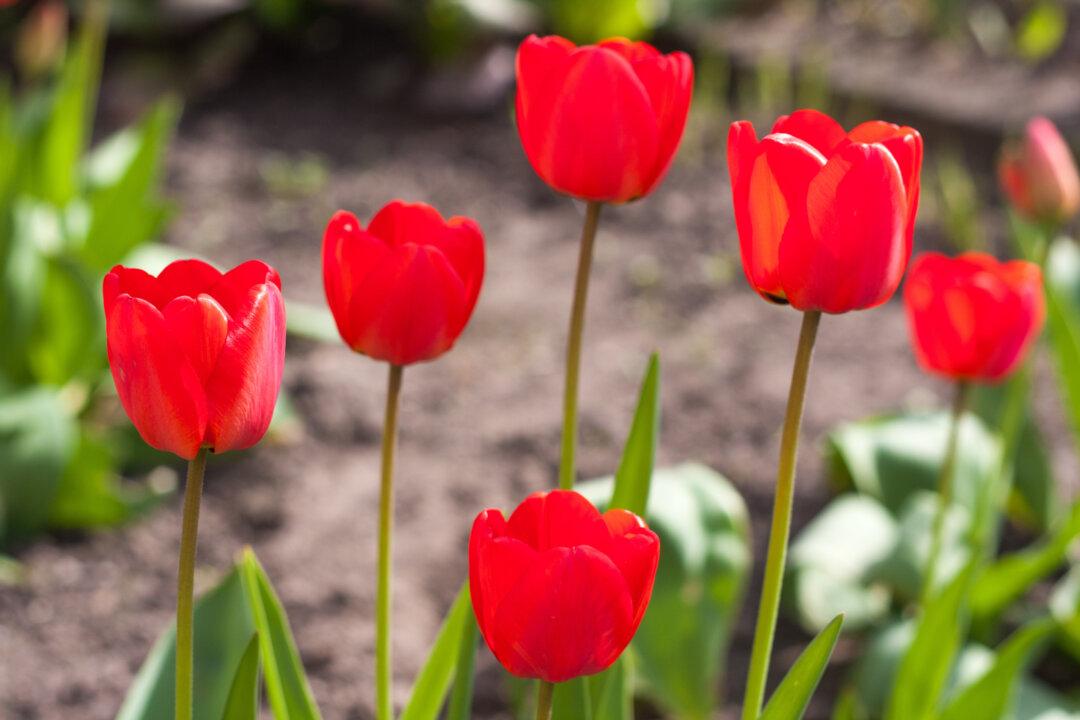Early spring is a wondrous time as dormant bulbs begin to pop up out of the soil. Didn’t plant any last fall? No worries; it’s not too late.
In fact, many gardeners “lift” bulbs—removing them from the soil and storing them indoors—for a variety of reasons, and replant them each spring. These include gardeners who live in climates with freezing winters, where the bulbs may not survive in the ground, as well as locales with very mild winters, where bulbs are lifted and artificially chilled to mimic winter so they will bloom come spring. This is also the case in wet climates, where the bulbs could be subject to rot while dormant.





